What you need to know about Amazon Sidewalk before you decide to opt out
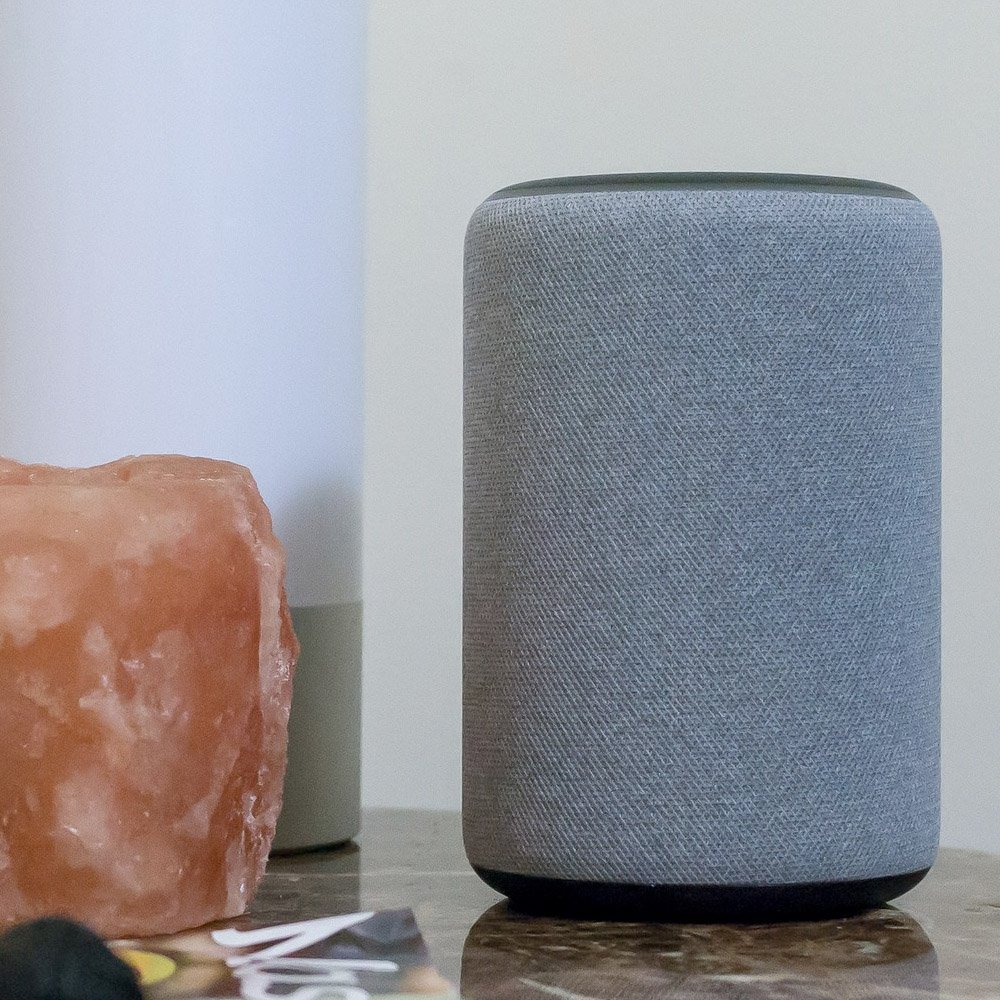
A lot of people ended up buying a new Amazon device during Prime Day 2021, and many of those devices will work as part of Amazon Sidewalk. It's that thing you keep hearing about but is never really explained well, and the internet collectively says you should just opt out because Amazon is shady or will do something evil with it.
I'm not here to change your mind. It would help if you decided how much of anything you want to share with any tech company, including Amazon. But I do want to take a few minutes and lay out exactly what Amazon Sidewalk is, what it can do today, and discuss both the good and bad of it all.
How to opt-out
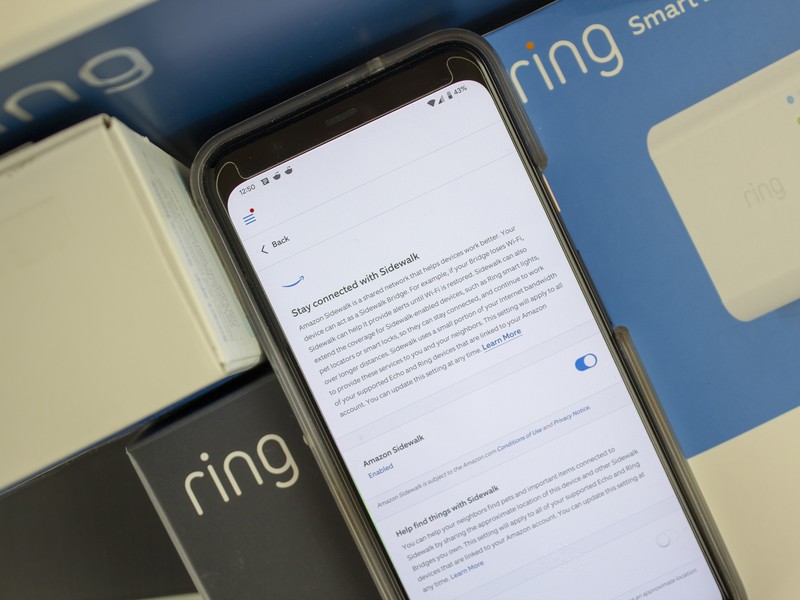
I'll start here because that's what many people really want to know about, and even if you only read this much of the article, you should at least get some benefit from it. But I think automatically deciding to opt-out without knowing why is the wrong decision every time, including this time.
You need to know that you have been opted-in automatically if you have a device that is part of the Amazon Sidewalk initiative. If you have an Amazon Echo device that was updated to be part of the Sidewalk network (see the full list of devices here), you were also opted-in without consent.
Companies need to learn that opt-in is better than opt-out.
That's not good, but it is expected. Amazon needs as many people as possible to be part of Sidewalk if it is ever going to be effective. Amazon also knows that most people will not care enough to opt-in to a service that few people understand.
I'd much rather see Amazon educate people about Sidewalk during the onboarding of any device setup, then let the user decide instead of just pushing it on everyone, but it is what it is. You will also need to opt-out of Sidewalk for your Ring branded devices separately.
- To opt-out of Amazon Sidewalk on your Echo and Alexa devices, see this article.
- To opt-out of Amazon Sidewalk on your Ring devices, see this article.
The dark side of Amazon Sidewalk
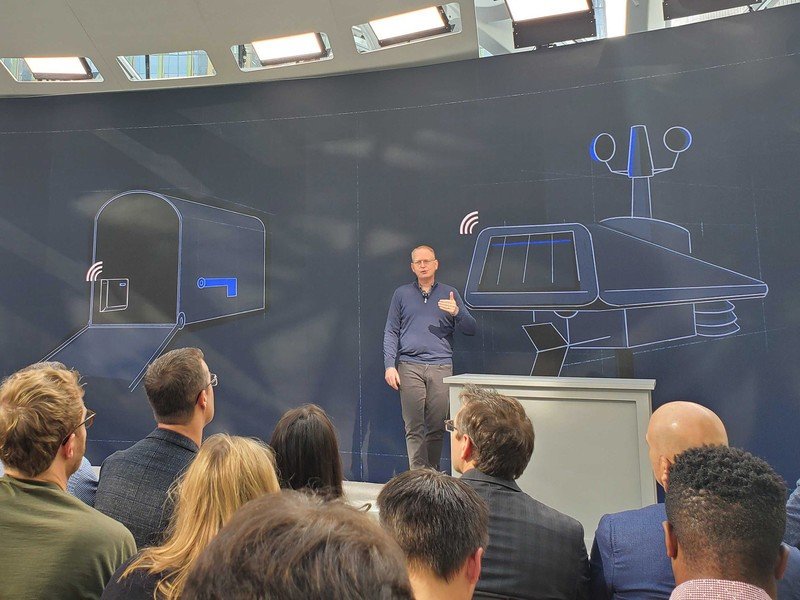
You've probably seen how articles across the internet call Amazon Sidewalk an invasion of your privacy or a security nightmare. While you shouldn't discount those articles out of hand, you should know why people feel that way, And to do that, you need to know exactly what Sidewalk is.
Get the latest news from Android Central, your trusted companion in the world of Android
Amazon Sidewalk is a duplication of an existing extended-range network protocol that uses an unlicensed radio spectrum and has a maximum bandwidth of 80Kbps. It works by having certain, mostly stationary, Amazon devices like an Echo Plus or a Ring Floodlight Cam act as bridges that devices like Tile trackers or CareBands designed for dementia patients can connect with. The Bridges then connect to Amazon's Sidewalk Services platform to complete what is essentially a giant mesh network.
The Amazon Sidewalk network can communicate between bridge and device on its own. Still, devices that act as a Sidewalk bridge use your existing internet connection to communicate with Amazon and/or each other. If you spotted two big warning flags here, you aren't alone.

Amazon essentially co-opted your internet connection without asking for permission and is sending data using it that can cost you money. Not a lot of money, as each bridge device is capped at sending no more than 500MB per month, but it is still data that you pay for, and one of the richest tech companies in the world is trying to use it for free. That's never a good look, and someone at Amazon should have anticipated the backlash that a company worth trillions trying to get "free data" would cause.
It's not the amount of data Sidewalk is using, but the fact that Amazon is using it for free.
For what it's worth, I've been monitoring my 2018 Echo Plus, and during the first 22 days of June 2021, it sent about 250Mb more data to Amazon than it did in the previous month without Sidewalk enabled. I'm not going to get flustered over 250Mb of data, but I also can't shake the fact that Amazon could have afforded some reward, like lowering my yearly Prime bill by $5, to cover the costs.
The bigger issue is one of trust. Amazon really never beta-tested Sidewalk and instead was confident enough in its own security measures just to put it out there for the whole United States to test. And Amazon is a huge offender when it comes to sucking all of your personal data every single time it gets a chance. Amazon is right up there with Google and Facebook when it comes to tracking everything you do when you're in front of a device with a screen.
Amazon does use some great privacy-focused features like strong encryption and is designed so that only approved devices can be part of the Sidewalk network. But there is still the potential for your data to be routed through my Sidewalk bridge device, and history tells us that nothing is foolproof.
There is no way that Amazon didn't have teams to try all the "simple" tricks to make a data stream think it was routed to the correct device when it really wasn't. And Amazon certainly did test out its layered encryption methods to ensure that random bits of data or even metadata can't leak out. But people who want to try and break into something will eventually find a way, so hopefully, Amazon presents a strong bug-bounty program and quickly addresses any potential flaws.
Then there is the fact that some people just don't trust Amazon. Amazon is the company that uses AI-powered cameras to make sure warehouse workers don't take too long to pee. Amazon is the company that is happy to provide Ring camera data to local police. Amazon does some really shady things.
Stacey Higginbotham, you might know her as Stacey on IoT, puts this sort of trust in a really unique perspective that I wholeheartedly agree with:
If you truly distrust Amazon, you probably aren't in danger of becoming part of this network because you won't have the devices. So if you have the devices and opt-out because you don't trust Amazon, ask yourself why you are still giving it so much space in your home and so many dollars from your wallet.
You trusted Amazon enough to buy an Echo Dot, so you could have Alexa do your bidding. It's a little silly to opt-out just because you do not trust the company unless you plan to toss that Echo Dot out onto the actual sidewalk on trash day.
The good side of Sidewalk
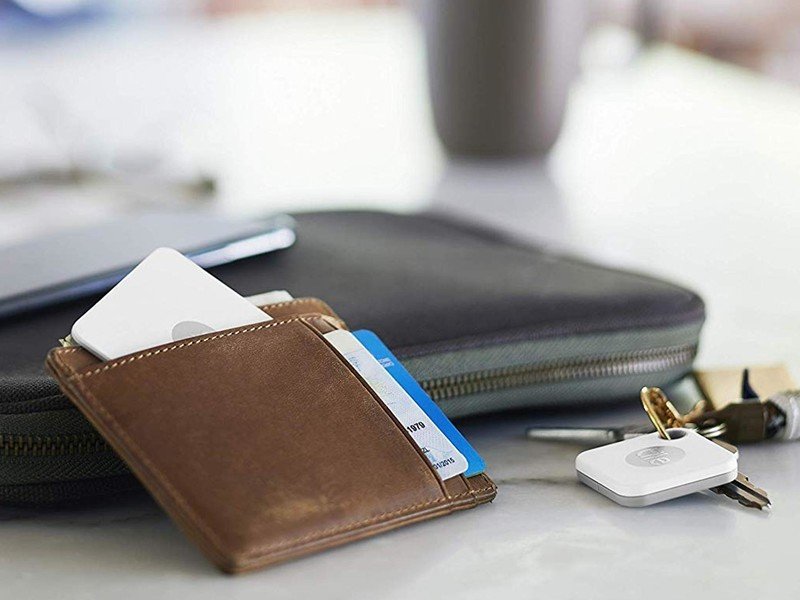
Yes, Sidewalk has a lot of positives once you stop obsessing over the negatives. It's a huge 900Mhz network that was designed to make specific devices function better and provide a way to bring even more functionality to them. This shouldn't be overlooked, but even what Sidewalk can do today is pretty darn cool.
I'm going to use Tile Bluetooth trackers as an example because I spent some time setting them up to work with Sidewalk, but other things like your eero mesh router, your Level smart locks, and even a wearable designed to keep dementia patients from getting lost benefit from Sidewalk's connectivity.
Back to Tile. Tile works by establishing a Bluetooth connection to your phone and when you're in range, you can tap a button in the app and a Tile tracker will play a cheerfully annoying jingle until you find it. But Tile also uses the Tile app on your phone to look for other Tile trackers and report their location back to a server. If you leave your keys on a bench at the park and go home, people with the Tile app on their phones which are also in range, can help the Tile app on your phone tell you where your keys are.
Extend that from "other people who have the tile app installed" to "every Sidewalk-enabled Amazon device within one mile," and you start to see the big picture. This is what Apple is doing with its FindMy network — leveraging a huge install base (meaning every iPhone) as a network to track things that are lost.
There are many more homes or businesses with an Amazon Echo or Ring camera than people with the Tile app. Your chance of finding your lost keys is much greater because of this. And I tested this using the most sterile environment I can imagine — nobody else in range of my house has a Sidewalk-enabled Amazon device. I know this because I literally know my two neighbors. I can place a tile tracker well out of the Bluetooth range of my phone and still ask Alexa to "Find Jerry's keys," and a pretty precise location will be given. It works as advertised.
Does it work better than the Tile app does? Yes, because the range in my case is tripled, someone who lives in a more urban environment will likely see more Sidewalk-enabled devices and more people using the Tile app, so there is a much better chance of finding your lost keys.
Tile tracking is a simple demonstration of what Sidewalk can do, but it's also very effective.
Make no mistake, this is a simple example, but it does show how powerful Sidewalk is and what good can come of it. Replace my keys with your beloved pet, or someone's confused family member. Just the power of finding Sidewalk devices makes Sidewalk a powerful tool, but it also does more because it's basically an always-on connection as long as Sidewalk bridge devices are powered up.

Level makes some pretty good smart locks. You want those to have a robust connection to 1) keep the wrong people out and 2) make sure you can get in. Since Level locks are part of Amazon Sidewalk, they can do that even if the Wi-Fi network in your house is on the fritz.
Amazon bought eero a while back, so it makes one of the best mesh Wi-Fi routers you can buy. With your eero router as a Sidewalk device, you're less dependent on your own internet connection when problems arise. In the future, things like Wi-FI calling or IP phones may be able to make emergency calls when your own internet connection is out.
Amazon Sidewalk is not a substitute for your internet connection. In fact, it relies on a lot of people having internet connections to work. But it is a new data distribution model that can bring along new ways to communicate.
Should you opt-out?
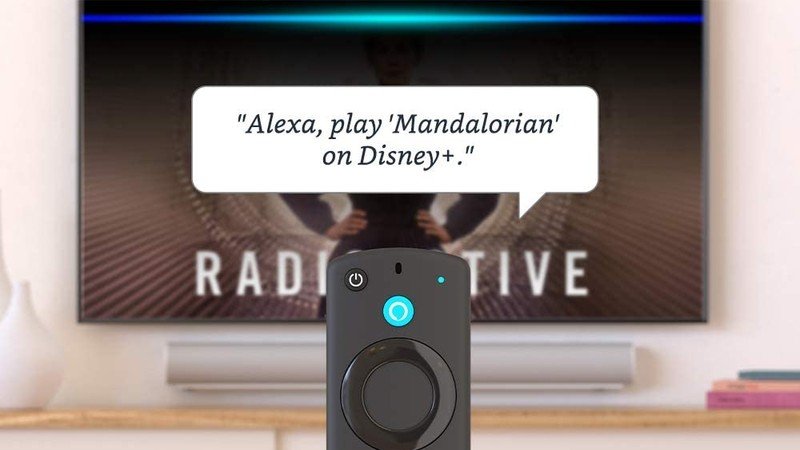
I can't tell you that you should recycle all your Amazon devices and never use Amazon Sidewalk or that you should trust Amazon but not enough to trust Sidewalk. Nobody can.
Your relationship with any tech company should be give-and-take.
But I can tell you that the amount of personal data you share needs to act as leverage to get a product or service you enjoy in return. I use Google products, not because I like Google tracking my every move but because the company gives me great services in exchange for it and so far has been shown to keep my data safely locked away in a server somewhere instead of selling it to whoever waves the biggest pile of cash like my cell provider does.
Amazon Sidewalk, to me at least, is a lot like my relationship with Google. There is a clear benefit to the program and there is very likely to be even greater benefits as the service matures. You need to know what you're trading — Amazon can't read any of the data sent through Sidewalk, but it can collect even better metrics on who uses its products, how we use those products, and where we use those products.
That's the kind of data Amazon uses to make billions of dollars with, so your data is worth something. Just decide if what you get back is worth the same and you have your answer.

Jerry is an amateur woodworker and struggling shade tree mechanic. There's nothing he can't take apart, but many things he can't reassemble. You'll find him writing and speaking his loud opinion on Android Central and occasionally on Threads.


